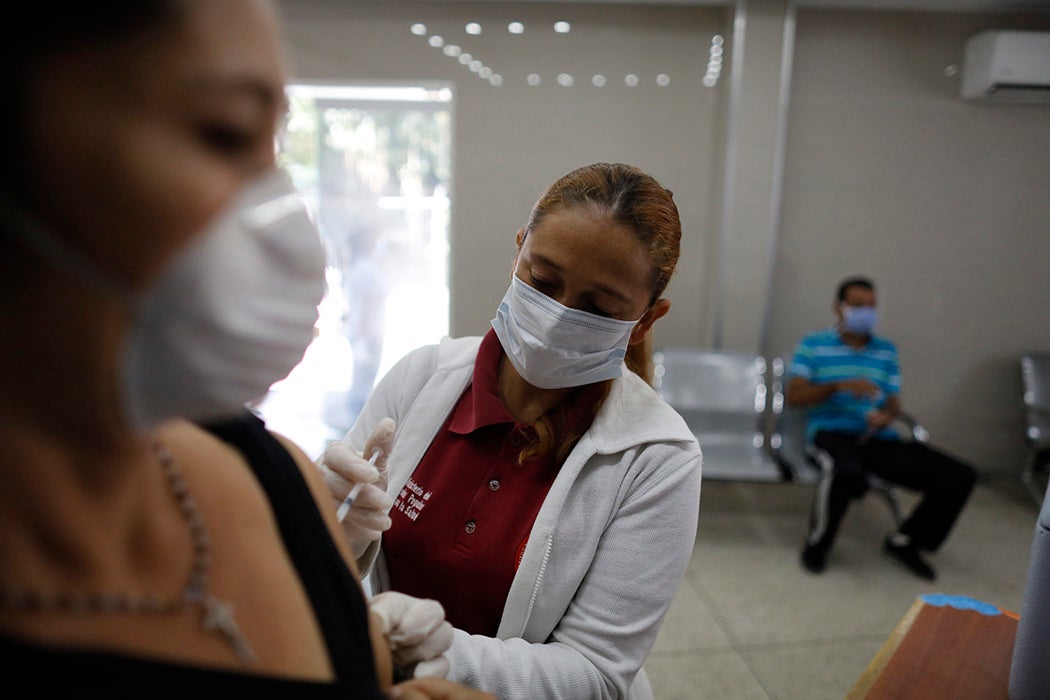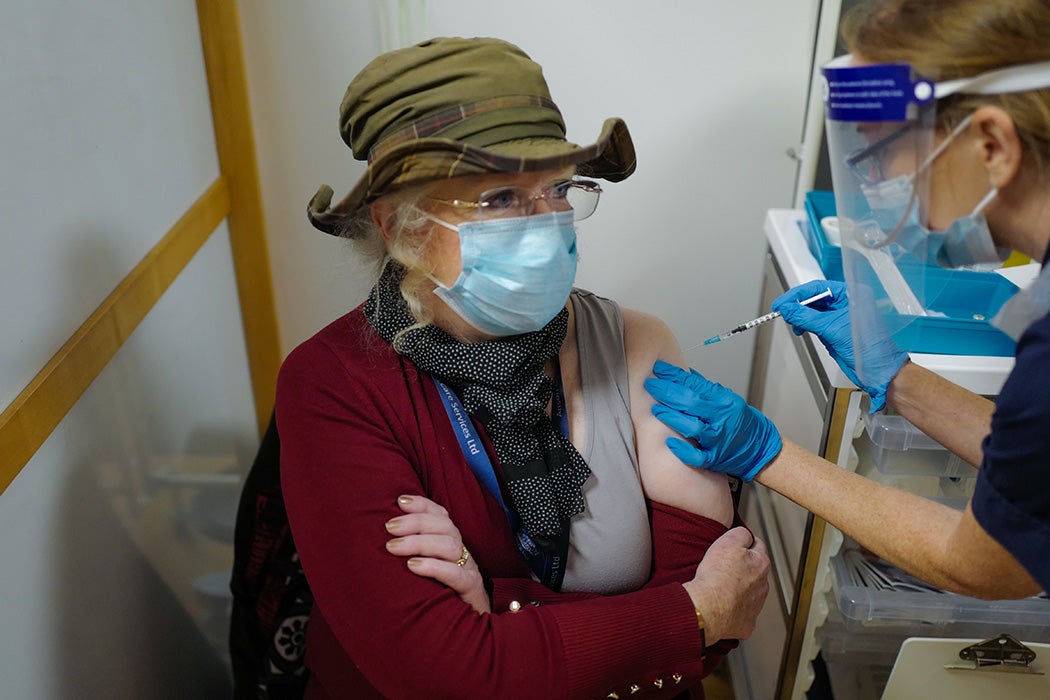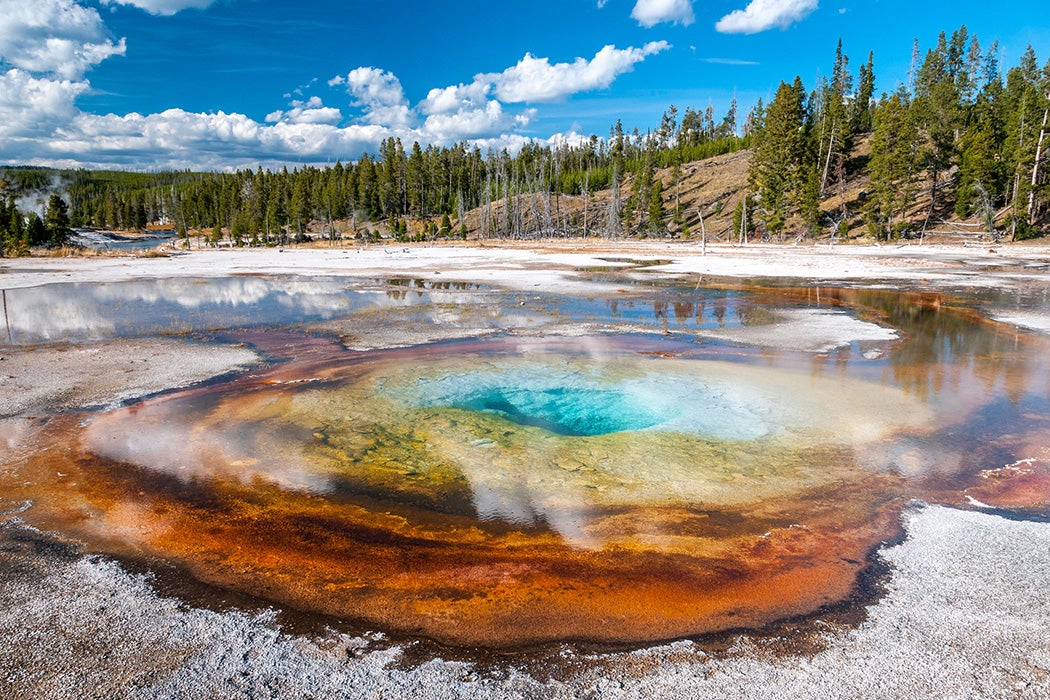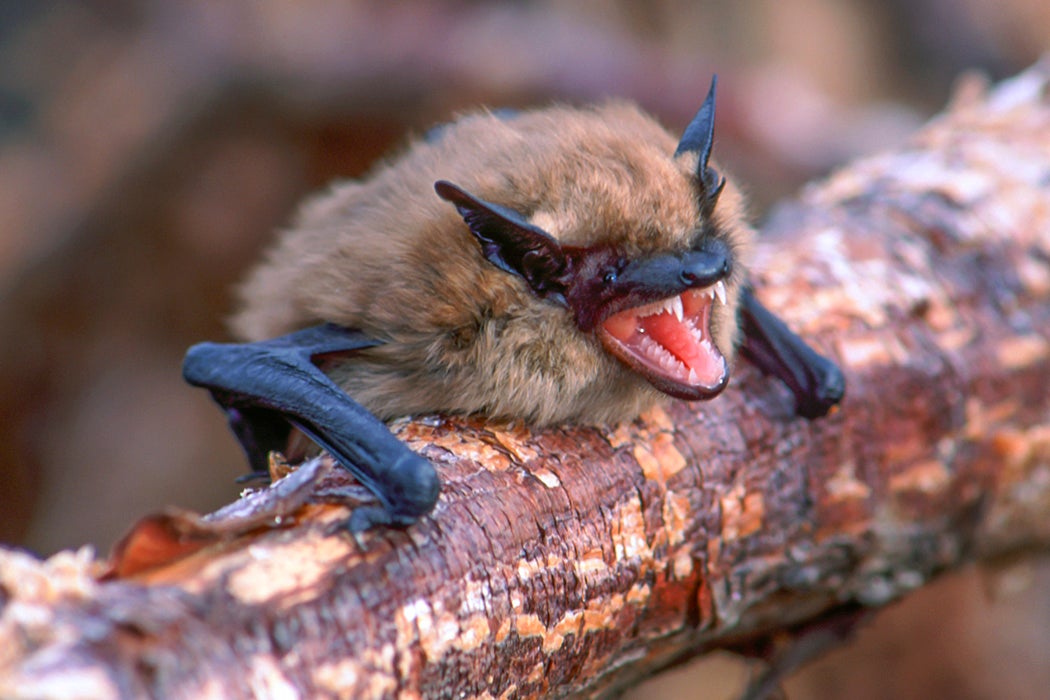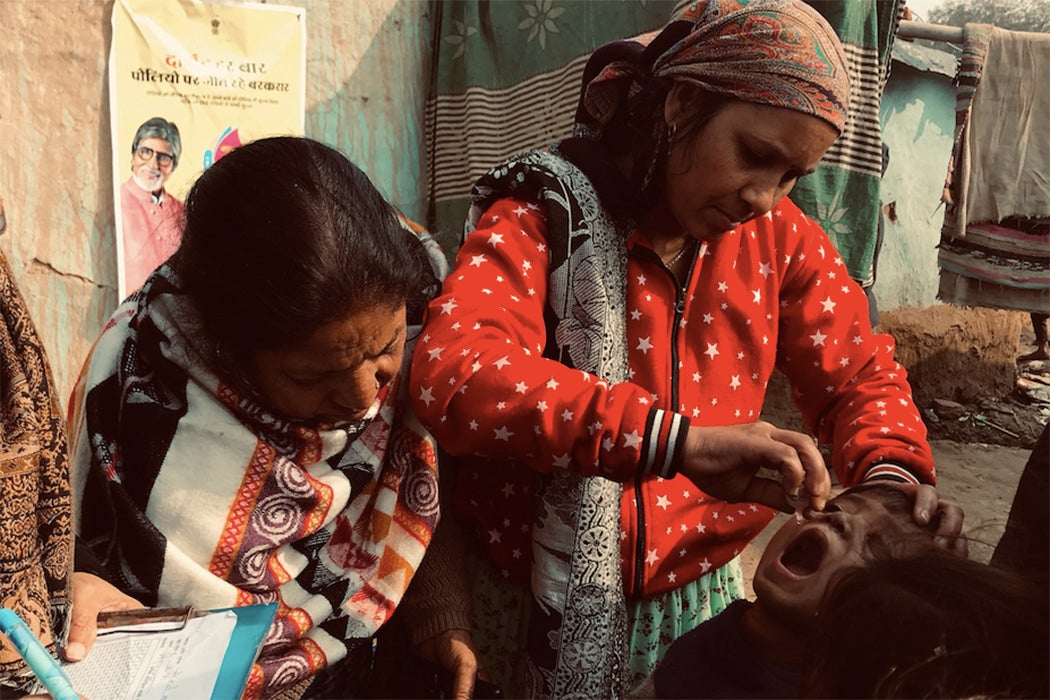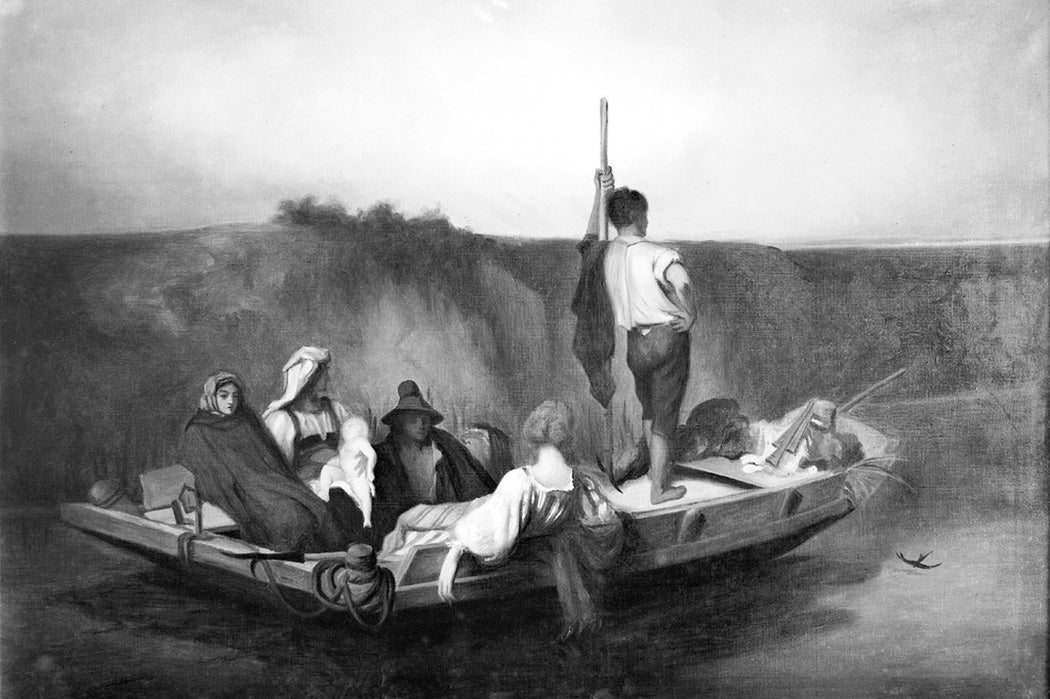This has not been an easy year. Nevertheless, we found relief and hope in scientific research and medical history. We learned how scientists curtailed prior outbreaks, turned to bats to learn about coronavirus immunity, and developed vaccines to combat COVID-19 at record speed.
How Will a Coronavirus Vaccine Work?
July 28, 2020
Four different ways researchers use the virus's own structure to train our immune systems to exterminate it.
The COVID-19 Vaccines Arrived at Warp Speed
December 15, 2020
Are they safe if they were developed so quickly? Research-backed answers to your virus questions.
How Yellowstone Extremophile Bacteria Helped With Covid-19 Testing
November 17, 2020
The heat-resistant enzyme from Thermus aquaticus is used in PCR testing to detect pathogens.
What Bats Can Teach Humans About Coronavirus Immunity
October 28, 2020
Bats have a unique genetic ability to tolerate many viral infections. Can humans uncover their secrets?
Two Drops of Life: India’s Path to End Polio
March 24, 2020
On the eve of its 6th polio-free anniversary, India immunizes over 170 million children, despite a lack of roads, reinfection threats, and a periodic mistrust of vaccines.
Cracking the Malaria Mystery—from Marshes to Mosquirix
April 21, 2020
It took science centuries to understand malaria. Now we’re waiting to see how the 2019 vaccine pilot works.
How America Brought the 1957 Influenza Pandemic to a Halt
April 7, 2020
Microbiologist Maurice Hilleman saw it coming, so the country made 40 million doses of the vaccine within months.



